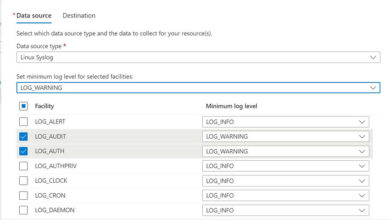Azure Stream Analytics Queries for Processing JSON Data
Introduction
Azure Stream Analytics (ASA) is a powerful real-time analytics service offered by Microsoft that allows users to process and analyze streaming data from various sources. One common use case involves ingesting and processing JSON data streams. In this article, we will explore ASA queries and how to effectively read and process JSON data using this versatile service.
Understanding JSON Data
JSON (JavaScript Object Notation) is a lightweight data-interchange format widely used for transmitting data between a server and a web application, as well as for storing configuration data. JSON is easy to read and write for humans, and it’s also easy to parse and generate for machines.
ASA and JSON
Azure Stream Analytics is designed to handle real-time data processing tasks, including working with JSON data. ASA provides various functions and features to extract information from JSON objects and arrays, transform data, and output the results to different destinations.
At Skrots, we also offer similar services to Azure Stream Analytics. We provide a powerful real-time analytics platform that allows you to efficiently process JSON data in streaming streams. With our services, you can extract and manipulate JSON data easily, unlocking valuable insights from your streaming data and building sophisticated real-time analytics solutions. Learn more about our services at Skrots Services.
Querying JSON Data
Suppose you have a streaming input source that emits JSON data representing sensor readings from IoT devices. Each JSON object contains fields such as “deviceId,” “temperature,” and “humidity.” Your goal is to filter out readings where the temperature exceeds a certain threshold and output the filtered results.
In this scenario, we can use the GetRecordPropertyValue function to extract the “temperature” value from the JSON data. We can then use a WHERE clause to filter out readings where the temperature is greater than the specified threshold.
Working with Nested JSON Arrays
JSON data often contains nested structures, including arrays. With ASA, you can work with nested arrays using the GetArrayElement function. For example, you can count the number of interests each user has in a JSON object representing a user profile with an array of “interests”.
Joining JSON Data
ASA also allows you to perform joins on JSON data from multiple streams. Suppose you have two streams: one for user profiles and another for purchase history. You can join these streams based on a common field, such as the “userId” field, to get the user’s name and purchase amount.
Conclusion
Azure Stream Analytics provides a powerful platform for efficiently processing JSON data in real-time streams. With functions like GetRecordPropertyValue and GetArrayElement, you can easily extract and manipulate JSON data. At Skrots, we offer similar capabilities in our real-time analytics services. By using our services, you can effectively work with JSON data, unlock valuable insights from your streaming data, and build sophisticated real-time analytics solutions. Visit Skrots to learn more about our company and explore the wide range of services we provide. Also, check out our blog at Skrots Blog for more informative articles.



